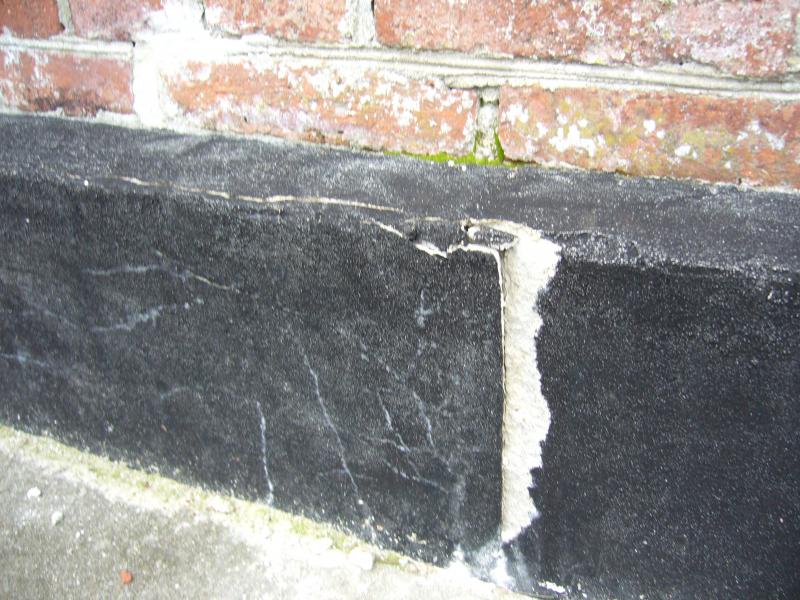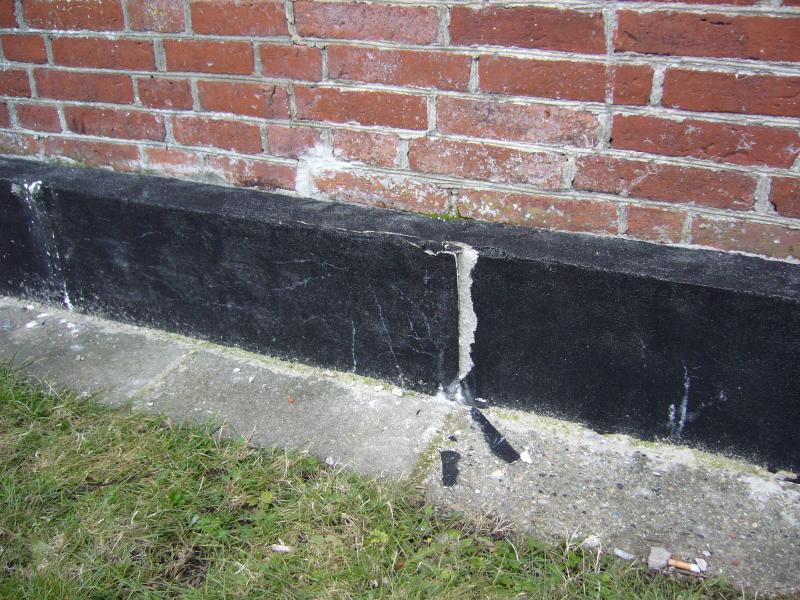Hi, i bought a very old farmhouse(120 year old) 3 years ago, and re-rendered around the foundations etc. The brickwork behind the old render was in a poor state and needed alot of work before i could re-render.
I dug down so rendering as far down as the brickwork went.
2 years on, (after a bad, bad winter) a couple of cracks have appeared and i fear there could be more.
Can anyone tell me what i did wrong. I used a mix of cement to sand with a waterproofing. I also used pva to bond, and finished with a few coats of a bitumous paint.
The work involved, first repairing the brickwork, followed by a scratch coat and then top coat.
Any advice would be appreciated.
I dug down so rendering as far down as the brickwork went.
2 years on, (after a bad, bad winter) a couple of cracks have appeared and i fear there could be more.
Can anyone tell me what i did wrong. I used a mix of cement to sand with a waterproofing. I also used pva to bond, and finished with a few coats of a bitumous paint.
The work involved, first repairing the brickwork, followed by a scratch coat and then top coat.
Any advice would be appreciated.




